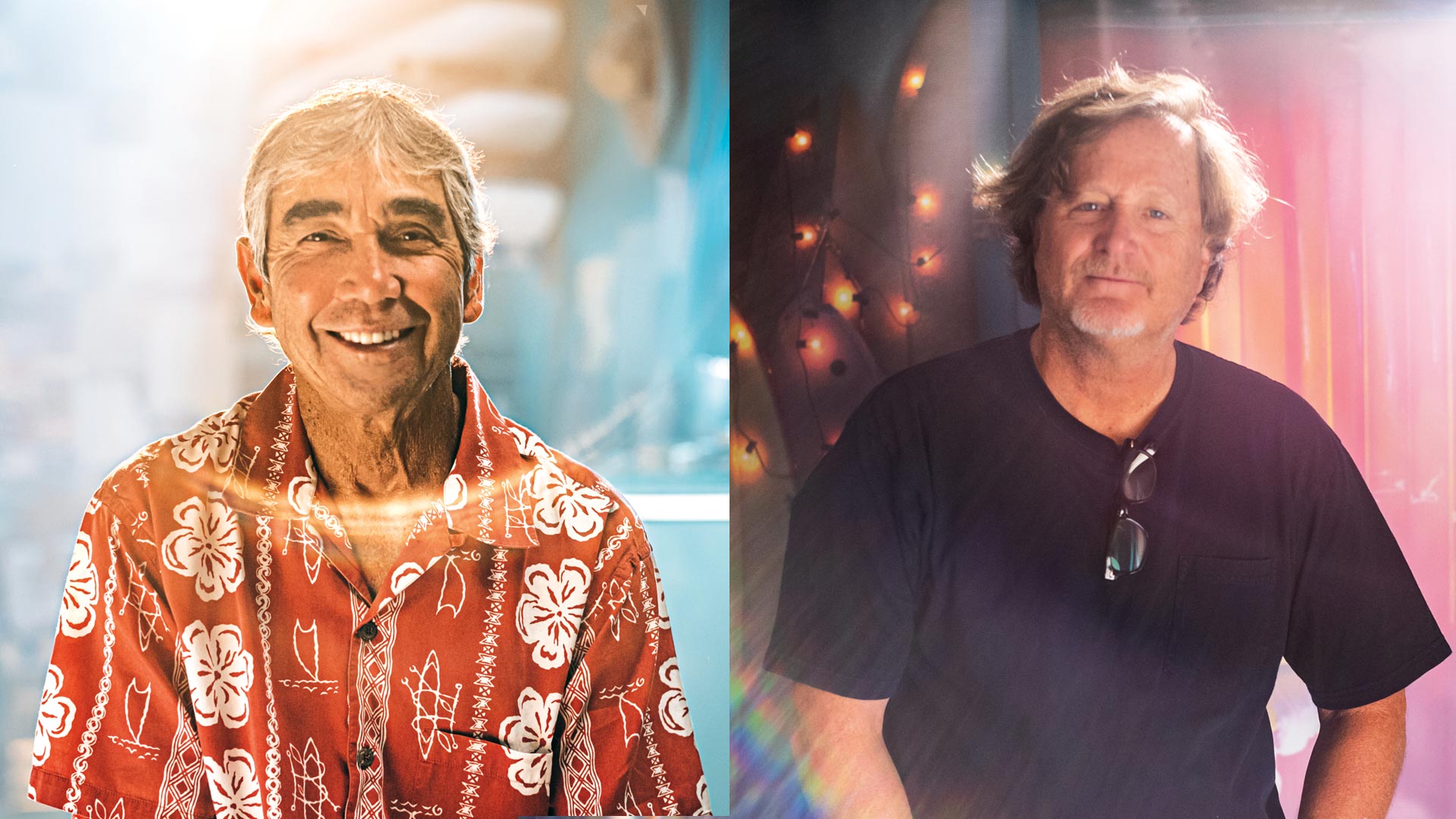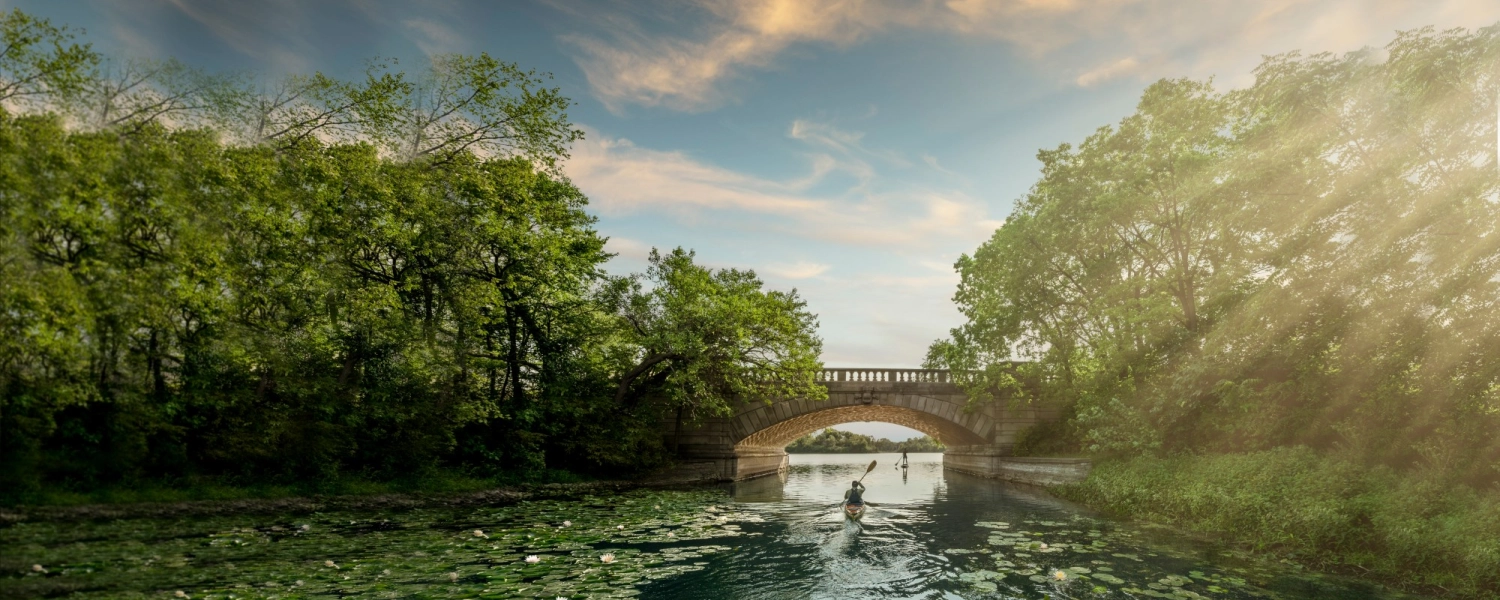- Details
- Written by: Nina
There are few people that hold more clout in the action sports world than Gerry Lopez and Stacy Peralta. Known as “Mr Pipeline”, Lopez is one of the most influential surfers of all time, shaping the art of tube riding in the 1970s and pioneering world-class surf spots such as Uluwatu and G-Land.
As the ‘father of modern skateboarding’, Peralta has led an equally esteemed career. He was part of the original Z-Boys (or Zephyr Competition Team) in California during the 1970s, trailblazing a new style of skating alongside Tony Alva, Jay Adams and others. Later he went on to forge a path as a multi-award-winning filmmaker; he captured the essence of the sport’s early days in his Sundance Film Festival documentary, Dogtown and Z-Boys.“The very first wave anyone gets in their life, they feel something so strong, and spend the rest of their life trying to recreate that feeling”I met the legendary pair at Praia da Ribeira d’Ilhas in Portugal at the European premiere of Peralta’s latest film, The Yin and Yang of Gerry Lopez, a documentary about the enigmatic surfer’s life. As I approached 73 year-old Lopez for our interview, he smiled and firmly shook my hand. His presence felt different to other athletes I’ve interviewed. As many have described before me, he has an almost Zen-like aura. He spoke softly and steadily, unhurried by the frenetic activity buzzing around him. Despite his incredible athletic career, it’s clear that his spiritual journey has left the greatest impact on the way he lives today. By contrast, at 64, Peralta is only nine years Lopez’s junior, but he still has the energy of a stoked teenage boy. His passion and enthusiasm for skating shines through as we speak about his childhood, tearing up the streets of southern California. So, how did these iconic figures first start out? Early days Born in 1948, Lopez grew up in Hawaii “when it was still pretty innocent”. The islands didn’t become a US state until 1959, so rampant tourism was still years away. Lopez’s parents loved taking their family to Waikiki Beach to swim. “Locals used to refer to Waikiki as simply ‘the beach’ as if there were no other. It is magical there,” says Lopez. “Hawaiians call it their ‘kawehewehe’, the healing waters. They would swim there whenever they weren’t feeling well – physically, mentally, spiritually. They believed it would make them feel better – and it really does.”
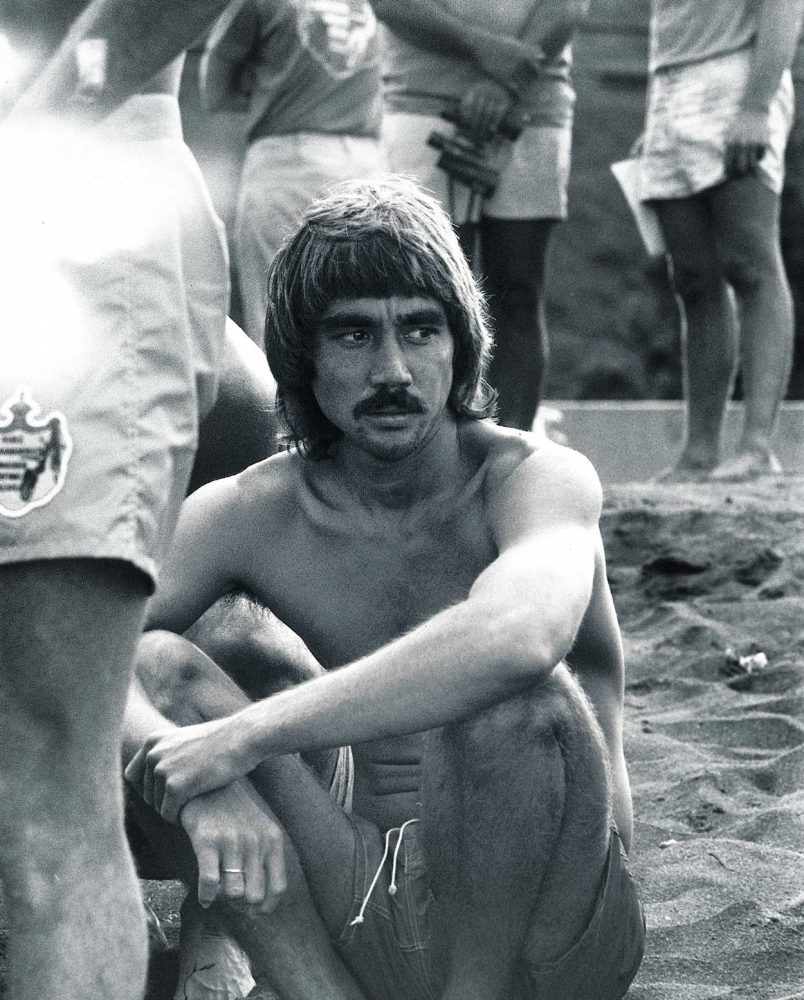
“The cops could show up any minute. As a result, we lived life on the edge and in the moment. It was a rare time on earth”Meanwhile, Peralta grew up a decade later, surfing and skating in Venice, California. “Back then, there were no skateboard shops, parks or contests. You couldn’t even go to a store and buy a board. You had to make your own. So the idea that it could lead to something was absurd,” says Peralta. Like Lopez, Peralta was living on the cusp of a sporting revolution. “Skating in the 1970s was totally outlaw. Once the polyurethane wheel was invented [in 1970], suddenly we could ride terrain that we couldn’t to ride before, like backyard pools. It was totally illegal and so much fun,” he says. “You never knew how long you could skate a pool. The cops could show up any minute. As a result, we lived life on the edge and in the moment. It was a rare time on earth.”
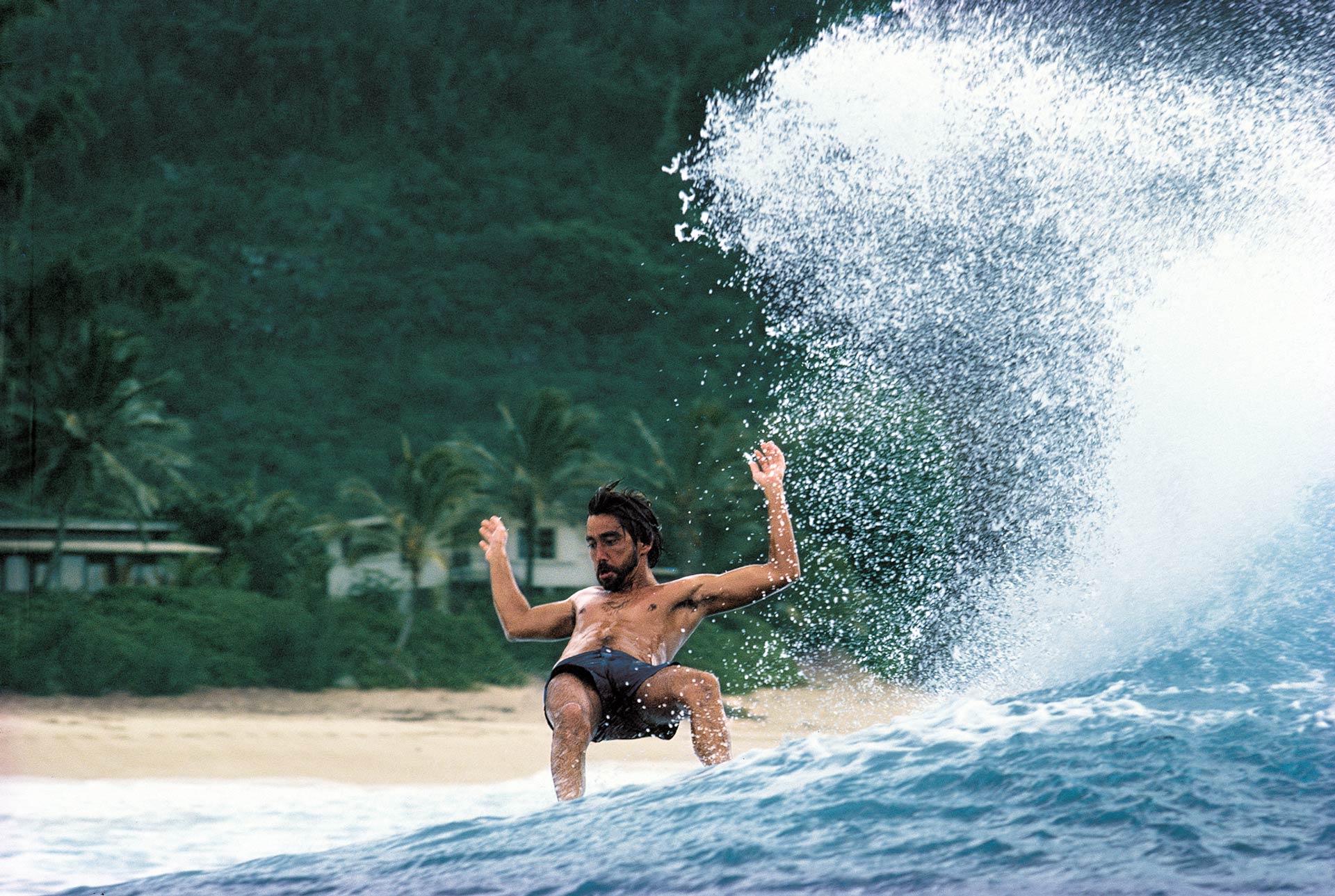
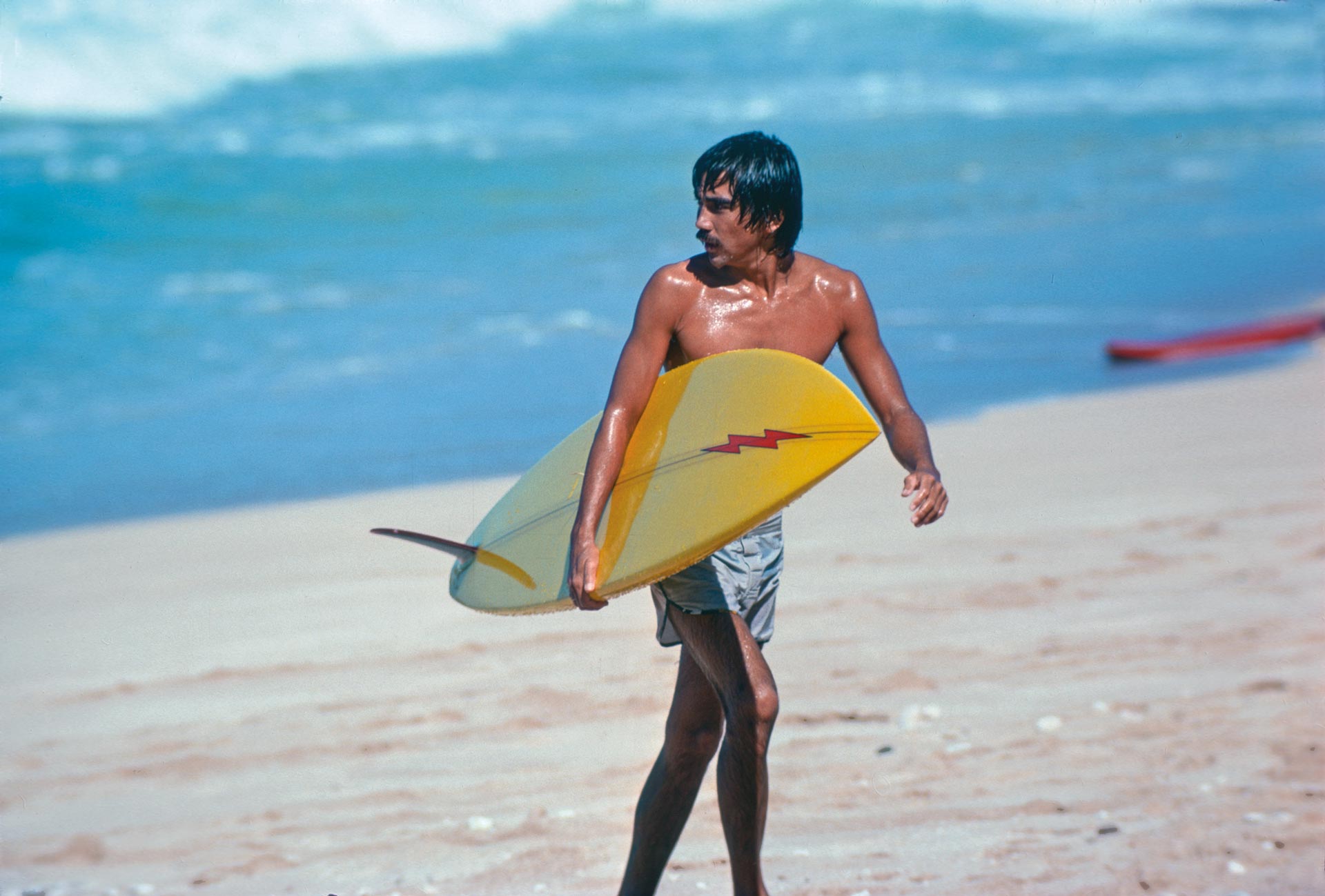
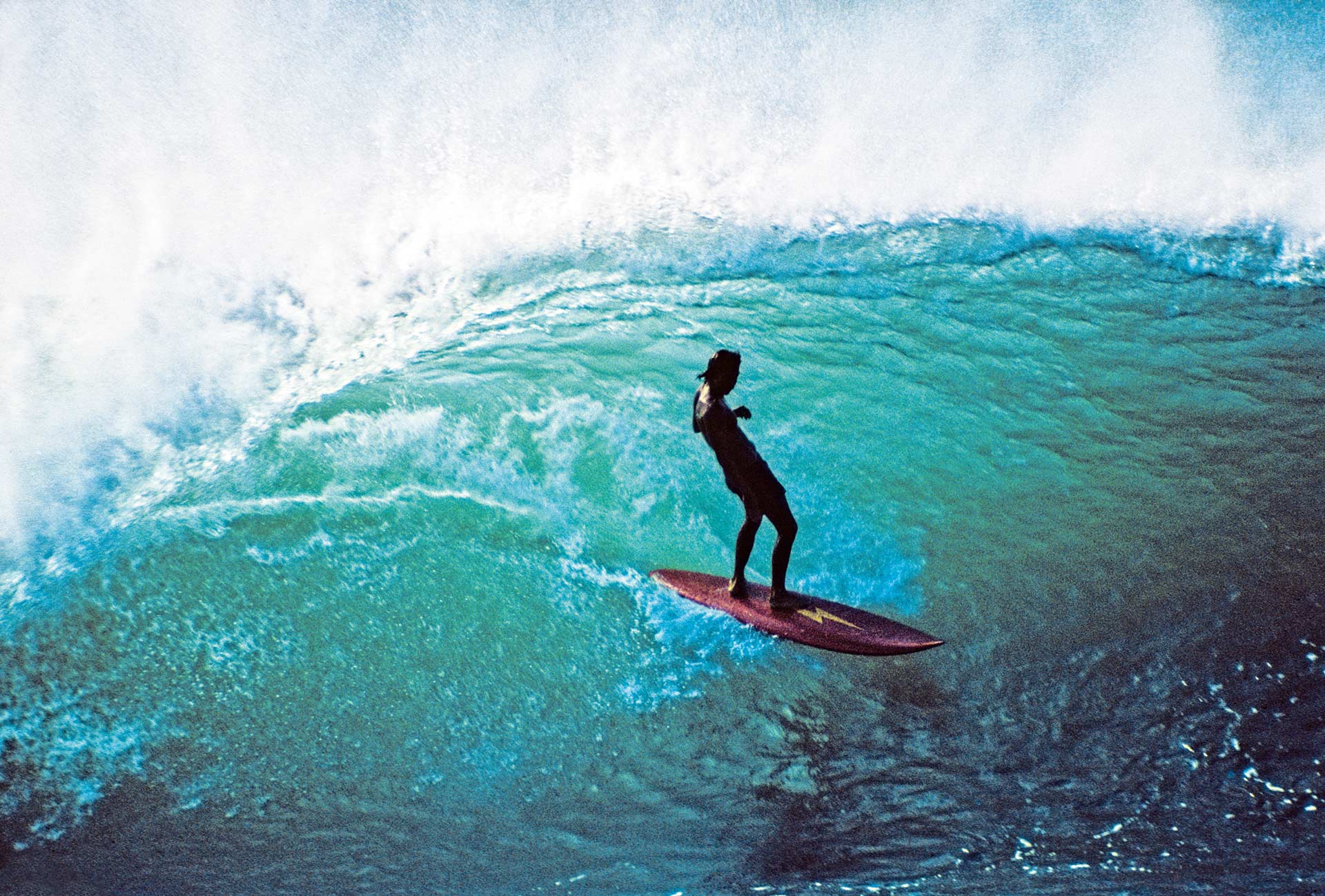

“For your mind to be still, your breath has to be still. Your body has to be still. You have to be at peace with the wave”It was this board evolution that enabled Lopez to continue to push progression at Pipeline to astronomical new heights. “I’m an obsessive person,” says Lopez. “So when I like something, I just dive into it.” This laser-beam focus, along with hours in the water, made Lopez one of the first surfers to conquer Pipeline – making steep drops and submerging himself deep in the barrel. As Matt Warshaw writes in The History of Surfing: “Where everybody else used the wave as a platform upon which to perform, his idea was to literally disappear into the wave… He made the most difficult thing in the sport appear not just easy but meditative. Nobody had better timing than Gerry Lopez.” Lopez went on to win both the 1972 and 1973 Pipeline Master competitions.
“I’m an obsessive person… when I like something, I just dive into it”Whilst Lopez was scoring at Pipeline, Peralta was 2,400 miles away in Los Angeles, making a name for himself in the US skate scene. Peralta and the Z-Boys first stormed into the competition arena in 1975 at the Del Mar Nationals. Their innovative, aggressive style was heavily criticised by older, established skaters. Still, half of the finalists at the Nationals ended up being members of the Z-Boys. It marked the beginning of a new style of skateboarding, one that would change the sport forever. By 19 years old, Peralta was the highest-ranked professional skateboarder in the world. He teamed up with George Powell to create Powell Peralta, which became one of the most successful skate brands of the 1980s. It was here that Peralta formed the Bones Brigade, a revolutionary skate team with members including Steve Caballero and Rodney Mullen, among others. As Peralta’s career transitioned into filmmaking, Lopez took a different route. He started working in the board shaping business, creating Lightning Bolt surfboards, alongside Jack Shipley. The brand enjoyed a meteoric rise to fame, making Lopez the most commercialised surfer in the US during the 1970s, before it all became too much. Lopez sought refuge in Indonesia, initially in Bali (he was one of the early westerners to surf Uluwatu) and later G-Land, a place that he describes as “a cosmic sanctuary”, where he deepened his burgeoning yoga practice.
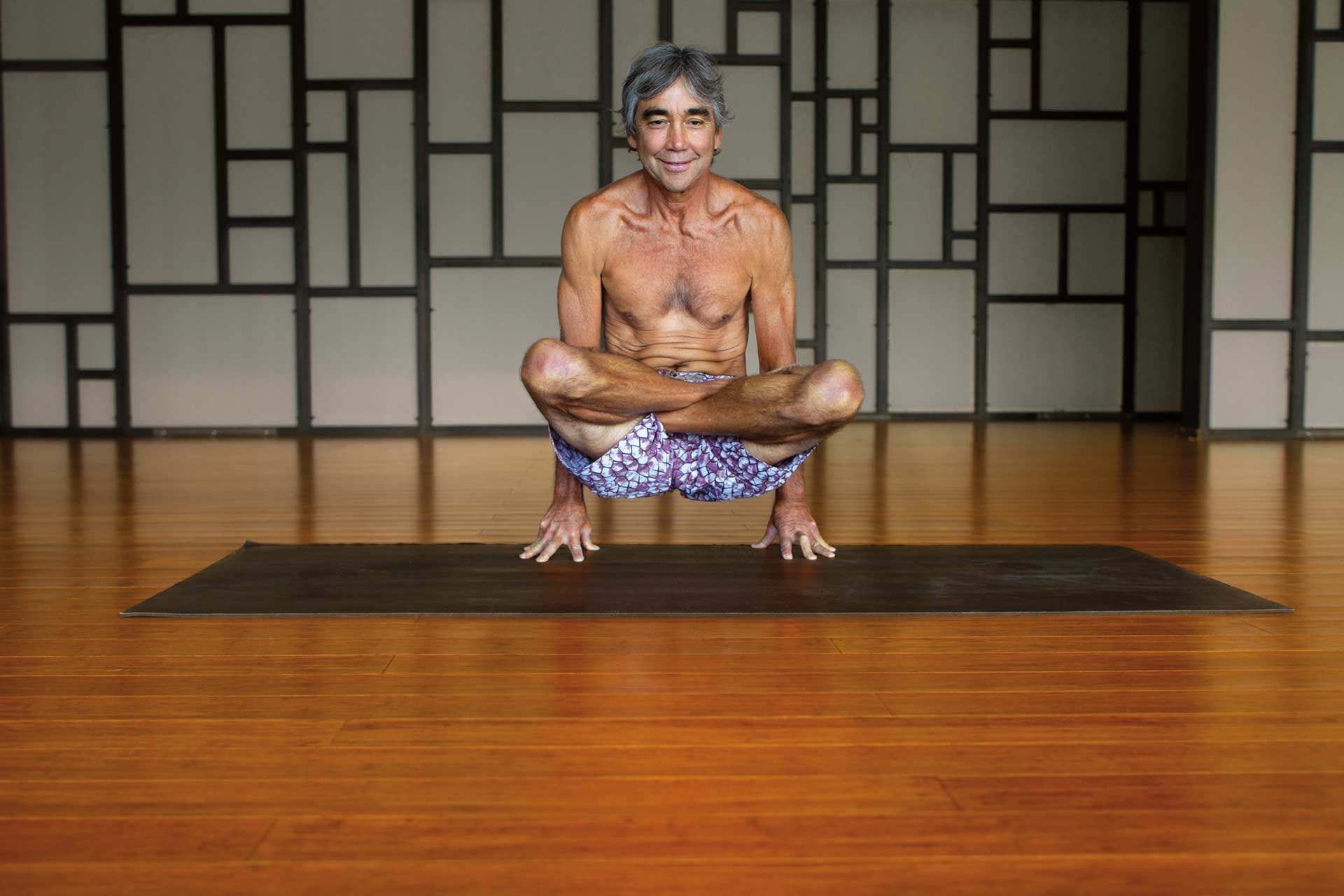
“I went, hoping to see the girls again, but what I found was something that I needed in my life”Lopez explains that there’s a unique crossover between yoga and surfing; both swing between intense activity and stillness. To ride colossal waves – whether its G-Land or Pipeline – it all comes down to the breath. “For your mind to be still, your breath has to be still. Your body has to be still. You have to be at peace with the wave,” says Lopez. For Peralta, skateboarding had a similarly meditative feeling. “We used to ride clay wheels. They were very loud and you could feel the vibrations of the sidewalk coming up into your feet. When I was seven years-old, I remember rolling down this smooth concrete sidewalk by the drugstore near my house. I’m surrounded by chaos; my brain is going berserk, fearful someone will push a market basket into me or I’ll trip over a rock. But there’s a complete, utter stillness in me. Every time I ride a board, I’m looking for that stillness.” Like Lopez, Peralta has cultivated his own daily meditation practice. “It’s really important to pay attention. These things inside us that propel the world are our dreams. They’re very quiet. They don’t just come out spontaneously. You can only recognise them if you take the time to be quiet and listen for them.
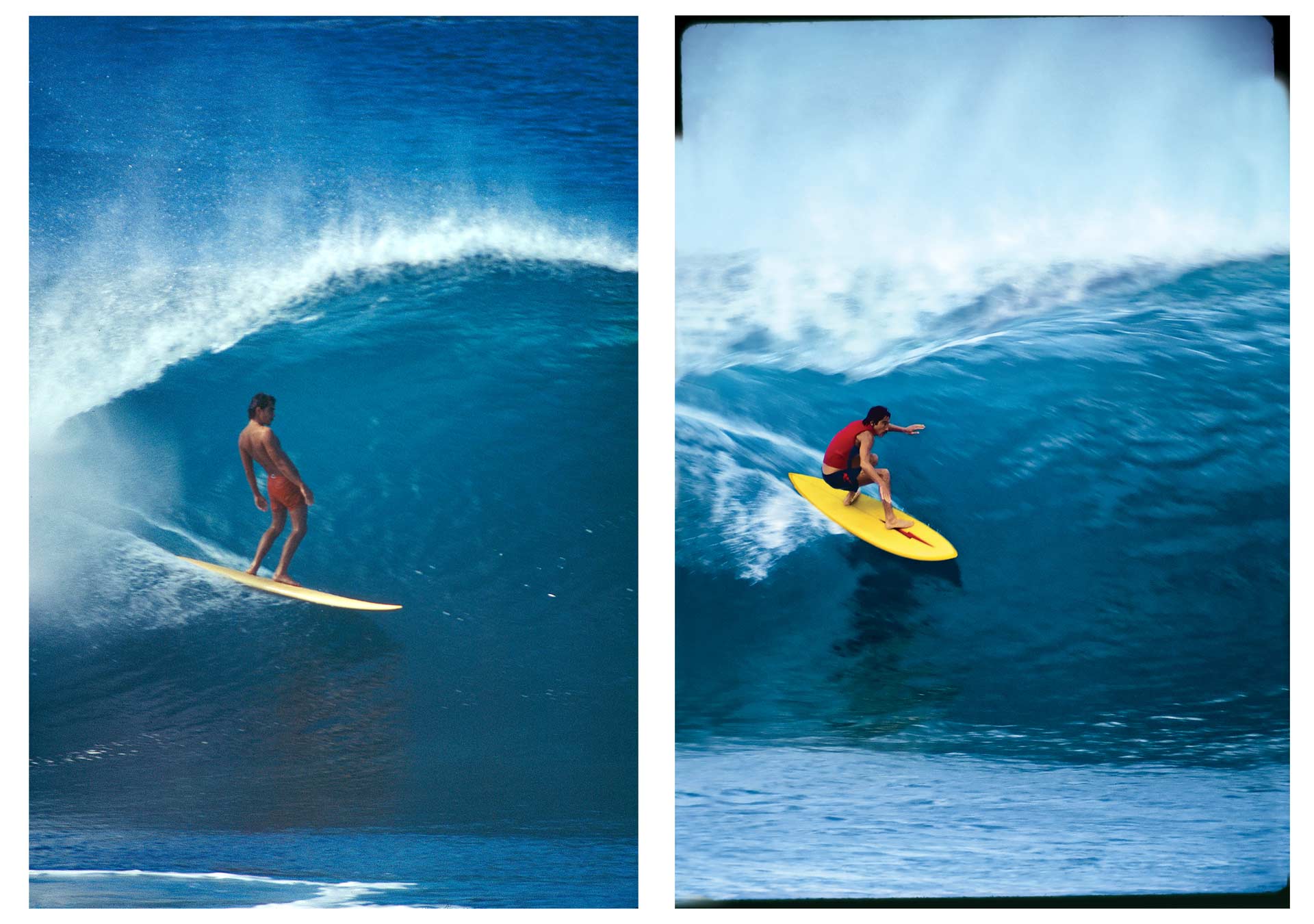
“We’re in the future right now”Meanwhile, in surfing, Lopez feels the focus is on artificial waves. “It’s a big part of the future of surfing. You’ve felt the attitude that happens out here in the surf. There’s tension in the lineup because there are people – even though they may know whose turn it is – won’t acknowledge that. However, in a standing wave, everyone knows whose turn it is, which means everyone is going to have a good time.” Finding balance Later that evening, I watched the film itself under a star-speckled sky by the beach. It showcased Gerry’s humble character in full technicolour – from the highs of his early career to the lows of watching Lightning Bolt surfboards decline. After the screening, Peralta was asked by the audience, what makes Lopez stand out from other athletes? He noted that people tend to live a three-act life; childhood and adolescence, middle age and old age. Many athletes achieve greatness in the first act and spend the rest of their life clinging onto the past. But Lopez has managed to transition gracefully through all three. You can see it in Lopez’s face; his gentle smile hints at a feeling of contentment that you don’t see in many people. And Peralta? He’s certainly got a few more groundbreaking documentaries to come. Patagonia are hosting screenings of The Yin & Yang of Gerry Lopez in surf destinations and cities across Europe from 14 July 2022. Watch it online from 22 September.

